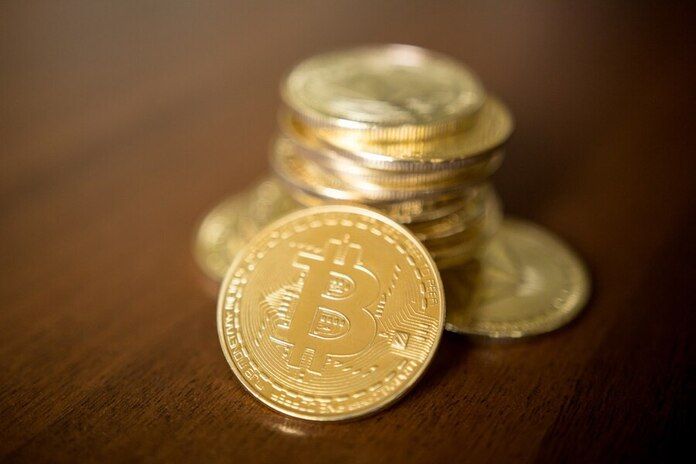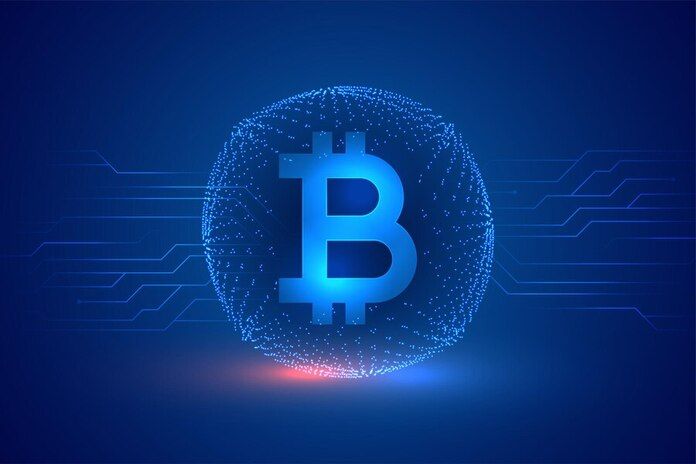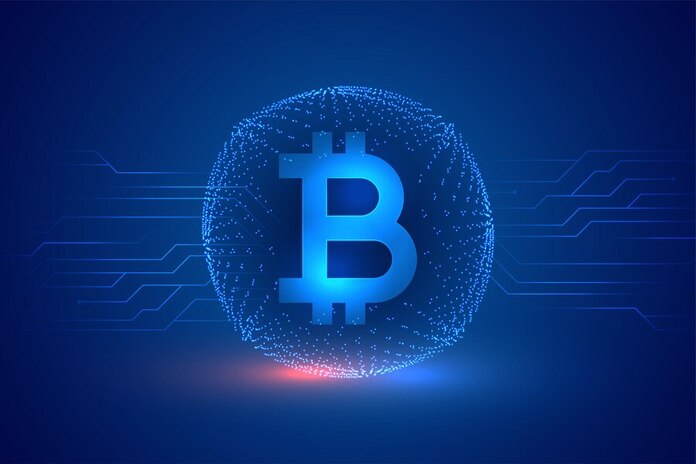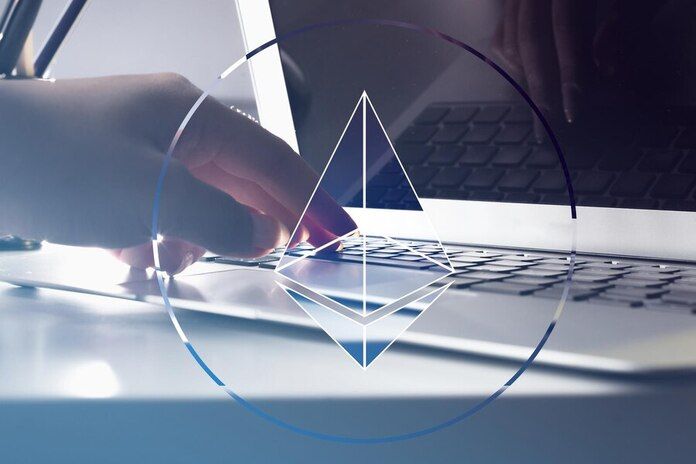Bitcoin Depot Thrives Amid Cryptocurrency Volatility
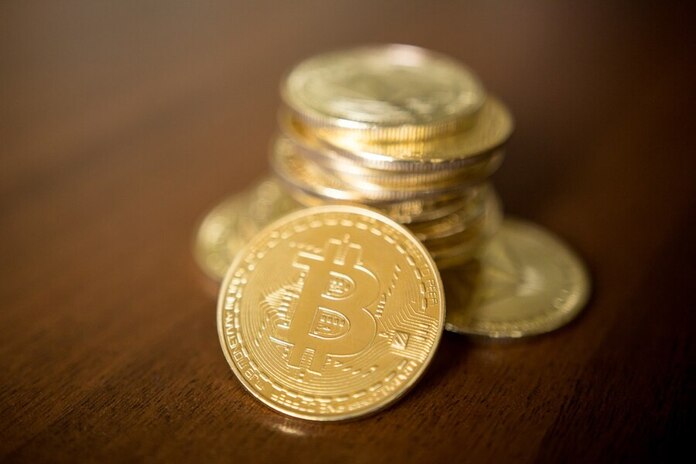
Bitcoin Depot, the largest Bitcoin ATM operator in the United States, has defied the highly volatile nature of cryptocurrency prices, revealing robust revenues in its recently filed 10-K annual report. Despite the rollercoaster ride of cryptocurrency prices, the company’s revenues in 2023 and 2022 amounted to $689 million and $647 million, respectively, showcasing resilience to Bitcoin’s price fluctuations.
Bitcoin Depot’s success amid market turbulence is attributed to its strategic approach to services primarily used for non-speculative purposes, such as money transfers, international remittances, and online purchases. The company’s user surveys indicate a preference for practical utility over speculative trading. Unlike entities heavily involved in cryptocurrency trading or mining, Bitcoin Depot maintains a relatively low balance of Bitcoin, typically less than $1 million, at any given time, minimizing exposure to volatility.
The company’s proactive measures include purchasing Bitcoin through reputable liquidity providers rather than engaging in mining activities. This approach, coupled with a sophisticated Bitcoin management process, effectively mitigates exposure to price volatility and differentiates Bitcoin Depot from competitors.
Bitcoin Depot’s operational model does not act as an agent or exchange for users in transactions but maintains Bitcoin balances to fulfill user demand from kiosk or BDCheckout transactions. Cash in Bitcoin ATM kiosks represents approximately 21% of the company’s average monthly revenues, highlighting a dual approach to managing Bitcoin and cash balances that contributes to stability and resilience.
Despite a decline in installations witnessed in the Bitcoin ATM market in 2023, Bitcoin Depot remains a dominant player, operating over 7,000 BTMs globally. Its competitors, CoinFlip and BitStop, operate 4,800 and 2,500 machines, respectively. While the overall trend saw a decrease in installed Bitcoin ATMs globally, Bitcoin Depot’s CEO, Brandon Mintz, remains optimistic about the industry’s future, anticipating a rebound following the anticipated Bitcoin halving event. This event, often associated with increased market activity and interest in cryptocurrencies, could further bolster Bitcoin Depot’s position in the market.
Featured Image: Freepik
